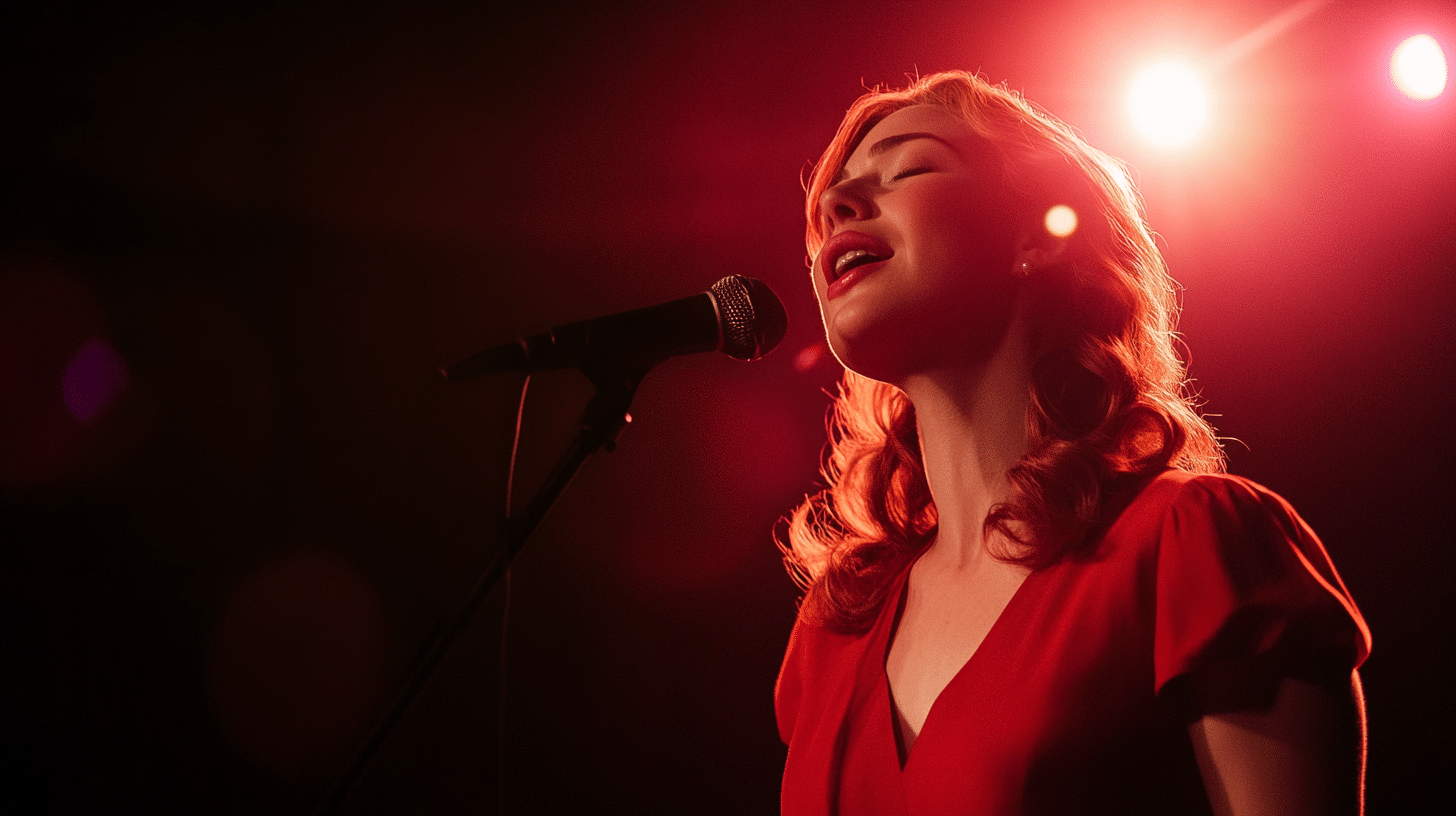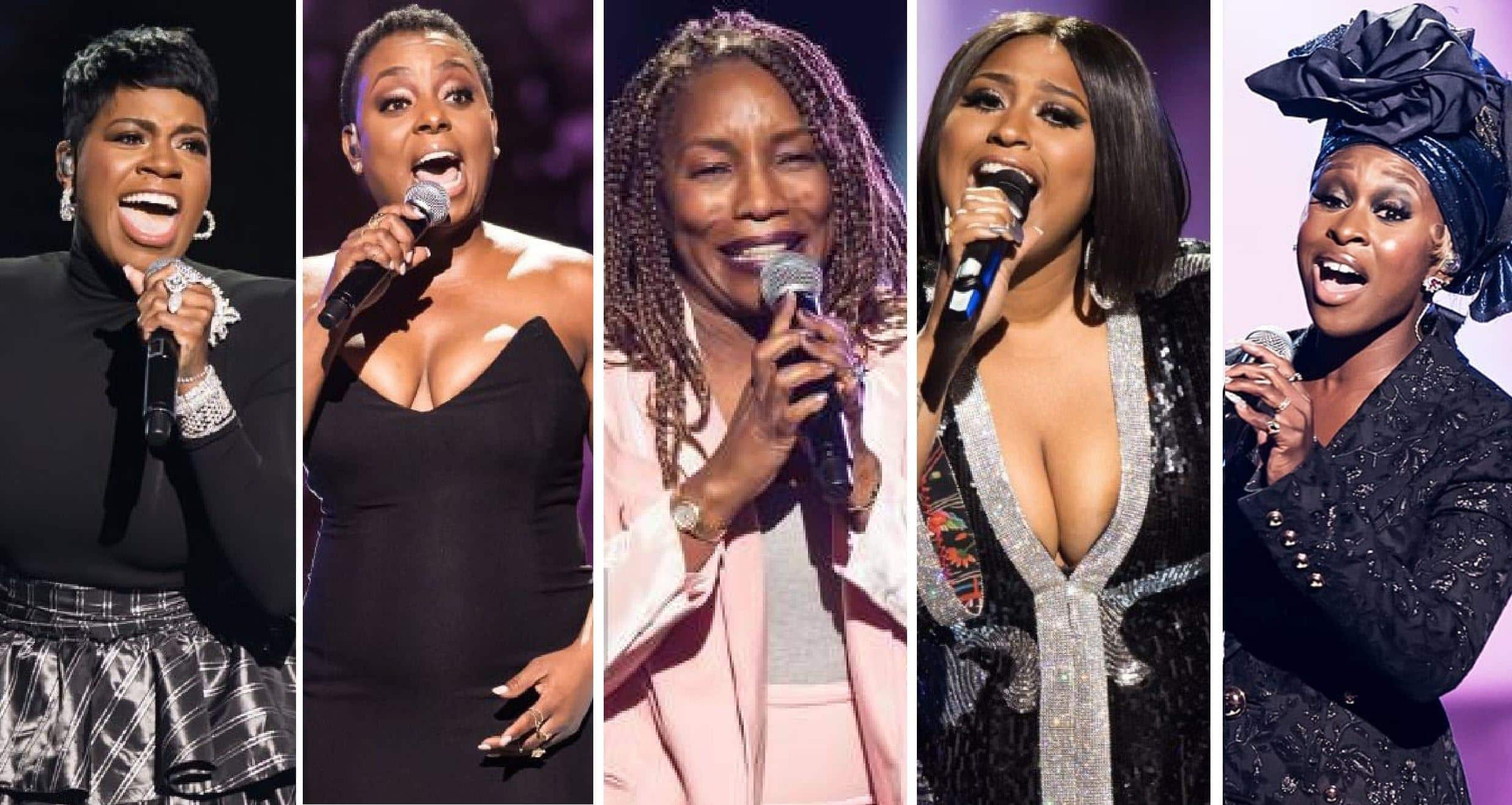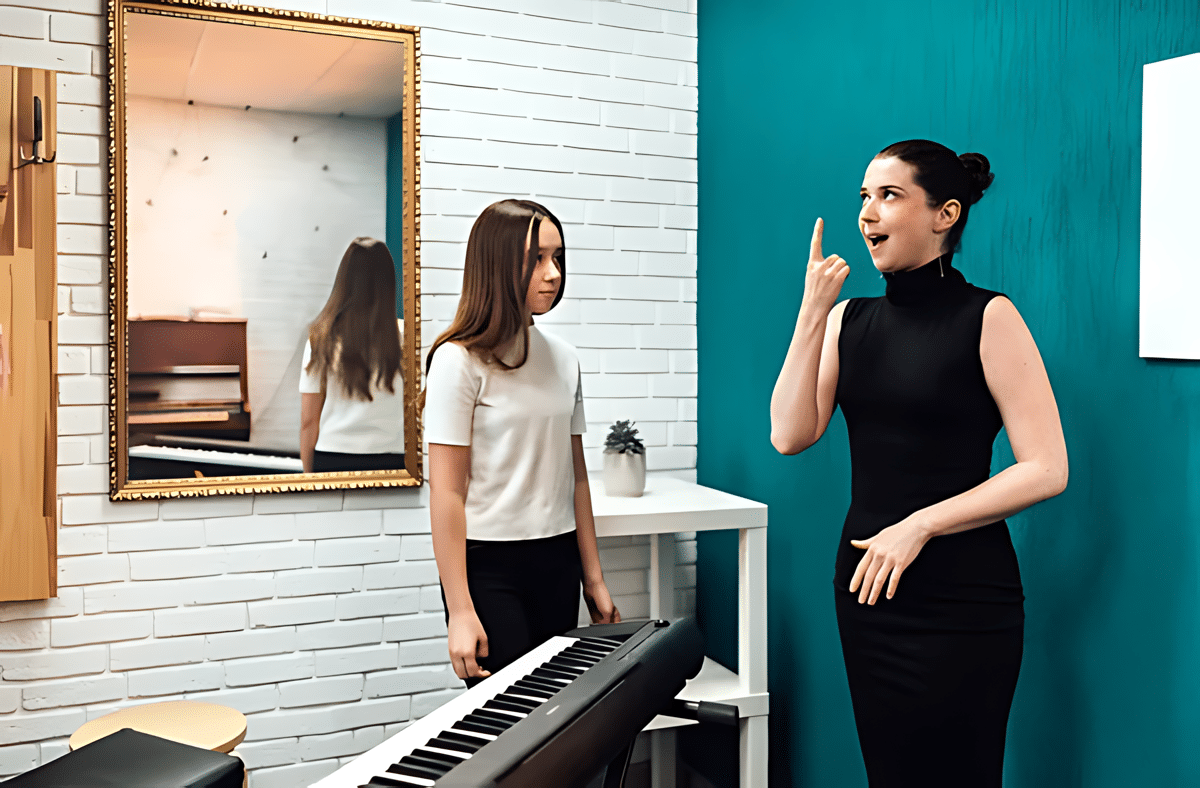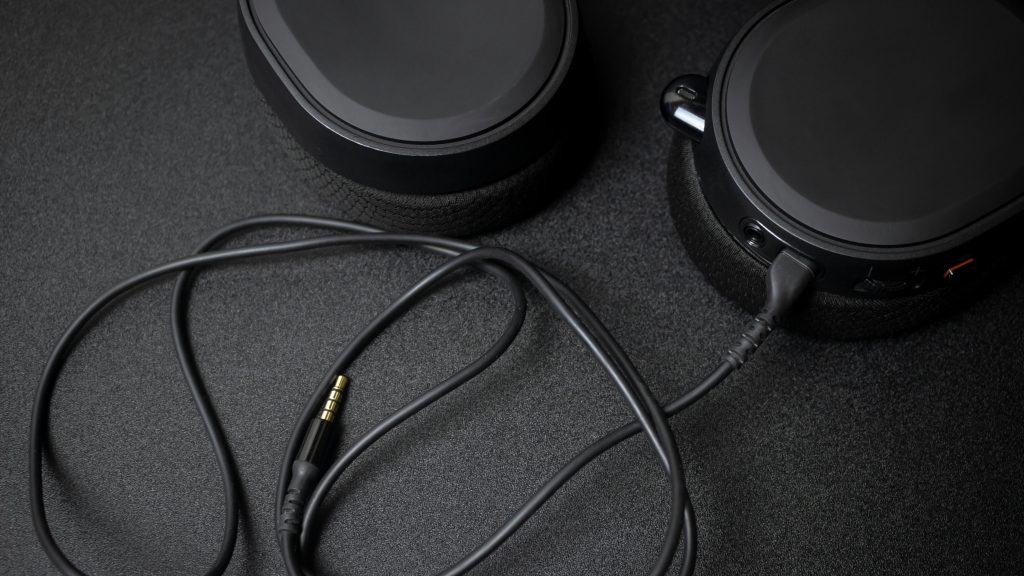Have you ever wondered why some female singers can reach sky-high notes while others have deep, rich tones? The world of female vocal ranges is diverse and charming.
Each voice type has its unique charm, from the soaring heights of sopranos to the warm depths of contraltos.
Understanding these ranges can help you appreciate the skill behind your favorite songs and even discover your vocal potential.
This guide will explore the main female vocal ranges, their characteristics, and the famous voices that define them.
Whether you’re a budding singer or a music enthusiast, knowing about female vocal ranges can deepen your connection to the music you love.
Defining Vocal Range and Voice Type
When discussing singers, two terms often come up: vocal range and voice type. Let’s break these down in simple terms.
Vocal range refers to the span of notes a person can sing, from the lowest to the highest. It’s like a singer’s playground where they can comfortably make sounds.
Some singers have a wide range, while others might have a narrower one. Voice type, on the other hand, is a way to group singers based on several factors.
It’s not just about how high or low they can sing. Voice type also considers where a singer feels most comfortable singing (called tessitura), how their voice moves between different parts of their range, and their overall sound or color.
Think of vocal range as the full set of keys on a piano and voice type as the section where a particular singer sounds best and feels most at ease.
The Three Female Voice Types
1. Soprano

Sopranos have the highest female vocal range, typically spanning from A3 to F6 or G6. Their voices are known for their bright, clear sound, especially in the upper parts of their range.
Sopranos often shine in their head voice, easily producing beautiful high notes. You’ll often hear sopranos taking center stage in operas and classical music.
Their voices are well-suited for these genres, where the ability to reach and sustain high notes is highly valued.
2. Mezzo-Soprano

Mezzo-sopranos fall in the middle of female vocal ranges, usually covering G3 to C6. Their voices have a fuller, deeper sound than sopranos’.
Mezzo-sopranos typically have a strong middle voice, giving them flexibility in their singing. These singers often find their niche in musical theater and pop music.
Their versatile range allows them to handle various songs and styles, making them popular for these genres.
3. Contralto

Contraltos have the lowest female vocal range, generally from E3 to G5. Their voices are known for their deep, rich quality.
Contraltos typically have a strong chest voice, giving their lower notes a powerful, resonant sound. You’ll often hear contraltos in jazz and folk music and some modern styles.
Their unique, lower-pitched voices bring depth and warmth to these genres, offering a nice contrast to higher-pitched vocals.
Vocal Timbre and Qualities of Each Voice Type

1. Soprano
Sopranos often have a light, bright sound.
Their voices can be described as clear or pure, especially in the higher parts of their range.
This quality makes them well-suited for roles requiring a youthful or angelic sound.
In opera, sopranos often play young heroines or otherworldly beings because their voice quality matches these characters well.
2. Mezzo-Soprano
Mezzo-sopranos have a richer, warmer sound than sopranos.
Their voices have more body, especially in the middle part of their range.
This fuller sound makes them great for roles that need more depth or maturity.
In musical theater, mezzo-sopranos often play complex characters because their voice can express many emotions.
3. Contralto
Contraltos have a deep, velvety sound.
Their voices have a rich, full quality, especially in the lower part of their range.
This unique sound makes them stand out in any ensemble.
Contraltos often take center stage in jazz and folk music because their distinctive voice can carry a song with power and depth.
4. How Timbre Affects Roles and Genres
The sound quality of each voice type plays a big part in how singers are cast in different roles or genres.
For example, a soprano’s bright, high voice might be perfect for a fairy tale princess, while a contralto’s deep, rich voice might be better for a wise, older character.
In pop music, mezzo-sopranos are often favored because their versatile sound works well with many styles.
Understanding these differences can help singers choose songs that showcase their voices’ best qualities and help listeners appreciate the unique beauty of each voice type.
Matching Voice Types with Roles
1. Soprano Roles
In opera, sopranos often play young heroines or magical beings.
Think of roles like Violetta in “La Traviata” or the Queen of the Night in “The Magic Flute.”
They might play angels or cheerful characters in musical theater, like Glinda in “Wicked.”
2. Mezzo-Soprano Roles
Mezzo-sopranos often take on more complex characters.
In opera, they might play young men (called “trouser roles”) like Cherubino in “The Marriage of Figaro,” or strong-willed women like Carmen.
They often play leading ladies with depth in musical theater, such as Elphaba in “Wicked.”
3. Contralto Roles
Contraltos, being less common, often get unique roles.
They might play older women in opera, like Madame de la Haltière in “Cendrillon,” or even witches.
In contemporary music, they often stand out as soulful solo artists.
4. Voice Types in Character Portrayal
Voice type can greatly influence how a character senses.
A high, light soprano voice might suggest youth or innocence, while a deep contralto might convey wisdom or power.
In film and TV, voice types are often used to establish a character’s personality quickly—think of the difference between a chirpy soprano voicing a cartoon princess and a close contralto voicing a femme fatale.
This matching of voice to role helps create believable characters and enhances storytelling across various forms of entertainment.
Techniques for Expanding Vocal Range

Breathing Exercises
Good breathing is key to singing well. Try this: lie down, place a book on your belly, and breathe so the book rises and falls.
This helps you use your diaphragm properly. Another exercise is to breathe in for four counts, hold for 4, and then release for 8. This improves breath control.
Vocal Warm-ups
Start with gentle humming, moving up and down in pitch. Then try lip trills or tongue trills.
These help relax your voice. Next, sing scales using different vowel sounds.
Start in your comfortable range and slowly extend higher and lower.
Resonance Training
Try humming while feeling the vibration in different parts of your face and chest to improve your resonance.
Experiment with different vowel shapes to find where your voice feels most free and full. This can help you access previously difficult notes.
Importance of Professional Guidance

While these exercises can help, working with a voice teacher is important.
They can listen to your voice, spot any issues, and give you exercises tailored just for you.
They’ll also ensure you’re not pushing your voice too hard, which could cause harm.
Remember, expanding your range takes time and patience.
It’s not about forcing high or low notes but about gradually building strength and flexibility in your voice.
With consistent practice and good guidance, you can safely analyze the full potential of your voice.
Summing It Up
Understanding female vocal ranges opens up a world of appreciation for the art of singing.
From the soaring heights of sopranos to the rich depths of contraltos, each voice type brings its unique color to music.
Whether you’re a budding singer exploring your voice or a music lover seeking deeper insight, this knowledge enhances your connection to vocal performances.
Remember, while ordering voices is helpful, every singer is unique. With proper training and care, many can expand their range and versatility.
As you listen to music, pay attention to the diverse female vocal ranges you hear. Can you identify the voice types? How do they contribute to the song’s emotion and story?
We hope this guide has deepened your understanding and enjoyment of the beautiful world of female voices in music.





















